Retrofitting and Rehabilitation Services
At Chambers, we specialize in upgrading and rehabilitating existing structures to extend their lifespan, enhance safety, and boost functionality. Our tailored services transform aging or underperforming buildings into resilient, modern assets that meet current codes and performance standards while preserving their inherent value
What We Do
Our retrofitting and rehabilitation services are designed to revitalize existing structures by:

Retrofit Design
Developing customized solutions to enhance structural performance, address deficiencies, and ensure compliance with updated codes.

Condition Assessments
Conducting thorough evaluations to determine the current state, strengths, and vulnerabilities of a structure
We work closely with clients to design interventions that balance structural improvements with cost-effectiveness, ensuring that every project meets safety, durability, and operational goals.
Our Key Services

Condition Assessments
- Detailed Inspections: Conduct comprehensive surveys to identify structural deficiencies, material degradation, and potential safety hazards.
- Performance Analysis: Utilize non-destructive testing, visual inspections, and engineering evaluations to assess load capacities and overall stability.
- Historical Review: Review past maintenance records, renovation history, and previous assessments to understand the evolution of the structure.
- Reporting: Provide clear, detailed reports outlining the current condition, potential risks, and recommendations for rehabilitation.

Retrofit Design
- Customized Design Solutions: Develop retrofit strategies tailored to the specific needs of the structure, addressing identified weaknesses and improving performance.
- Structural Enhancements: Design interventions such as reinforcement, bracing, or the addition of new load-bearing elements to improve stability.
- Modernization: Incorporate upgrades that bring older structures in line with current building codes, energy efficiency standards, and functional requirements
- mplementation Planning: Provide detailed design documentation, construction specifications, and phased implementation plans to ensure seamless execution.
How We Do It
Our systematic approach ensures that every retrofitting and rehabilitation project is completed efficiently and to the highest standards:

3. Data Analysis & Reporting
Analyze findings to identify deficiencies, prioritize interventions, and develop a tailored retrofit strategy.

2. Comprehensive Condition Assessment
Perform thorough inspections and testing to capture an accurate picture of the structure’s current state.

1. Initial Consultation
Collaborate with clients to define project goals, review concerns, and establish evaluation criteria.

6. Implementation Support
Offer guidance during construction to ensure that retrofit measures are implemented accurately.

5. Review & Approval
Work with stakeholders to refine the design, ensuring it meets all safety, regulatory, and budgetary requirements.
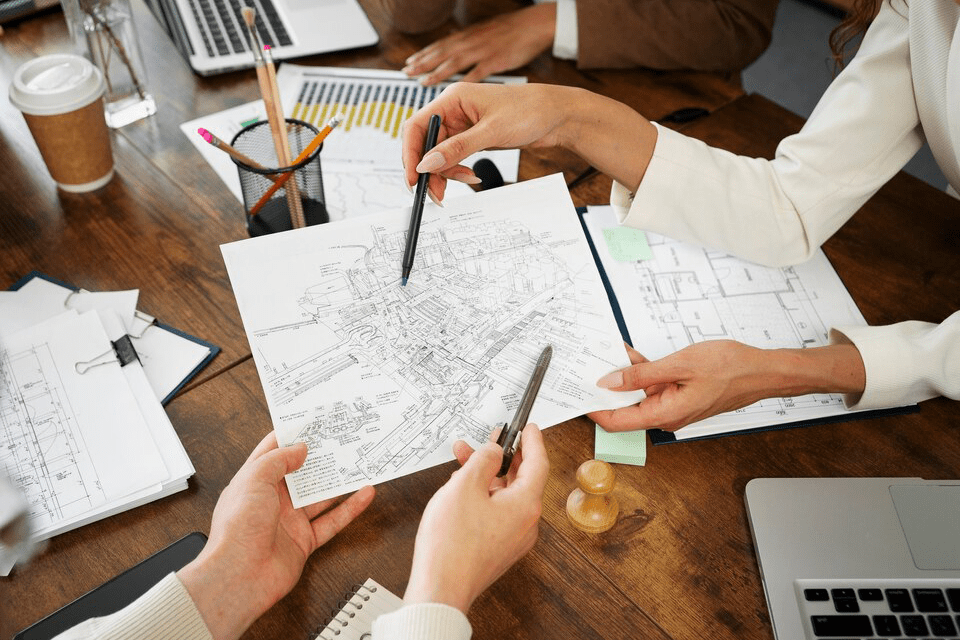
4. Design Development
Create detailed retrofit designs and engineering calculations that address identified issues and optimize performance.

7. Post-Retrofit Evaluation
Conduct follow-up assessments to verify improvements and ensure long-term structural integrity.
Innovation & Technology
We integrate the latest technologies to enhance our retrofitting and rehabilitation services:
Advanced Diagnostic Tools
Advanced Diagnostic Tools
Advanced Diagnostic Tools
- Use non-destructive testing methods and 3D scanning technologies to accurately assess the condition of existing structures.
Finite Element Modeling (FEM)
Finite Element Modeling (FEM)
Finite Element Modeling (FEM)
- Simulate retrofitting scenarios and predict structural performance improvements under various load conditions.
Building Information Modeling (BIM)
Building Information Modeling (BIM)
Building Information Modeling (BIM)
- Leverage BIM for detailed visualization, collaboration, and integration of retrofit designs with existing structural data.
Smart Monitoring Systems
Smart Monitoring Systems
Smart Monitoring Systems
- Implement sensors and remote monitoring tools to track performance during and after rehabilitation, ensuring ongoing safety.
Sustainability & Impact
Our seismic design approach not only enhances safety but also supports sustainable construction practices:
- Preserving Resources: Extending the life of existing structures reduces the need for new construction and conserves building materials.
- Minimizing Environmental Impact: Upgrading and modernizing existing buildings often requires less energy and resources compared to new builds.
- Enhancing Resilience: Retrofitting improves structural integrity and safety, making buildings more resistant to natural hazards.
- Economic Efficiency: Well-planned rehabilitation projects lower long-term maintenance costs and add value to the property.
Industries We Serve
Our expertise in retrofitting and rehabilitation benefits a wide range of sectors:

Government & Municipalities
Upgrading public buildings, schools, and community centers to meet modern standards and enhance public safety.

Residential Developments
Revitalizing older housing complexes and individual homes to improve safety, energy efficiency, and market appeal.
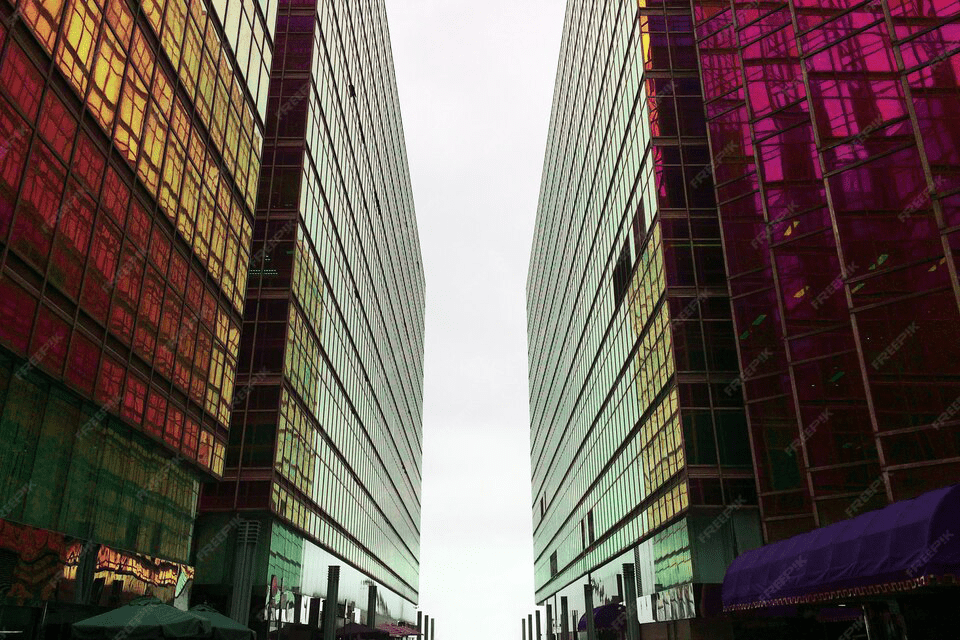
Commercial & Office Buildings
Enhancing the structural performance and functionality of commercial spaces, retail centers, and office complexes.

Industrial Facilities
Strengthening factories, warehouses, and manufacturing plants to support heavy loads and continuous operation.

Healthcare & Educational Institutions
Ensuring that hospitals, clinics, and educational facilities are safe, accessible, and compliant with current codes.
Why Seismic Design is Important
Retrofitting and rehabilitation are vital for maintaining and improving the safety and functionality of existing structures:

Economic Efficiency
Rehabilitation is often more cost-effective than new construction, reducing waste and saving resources.
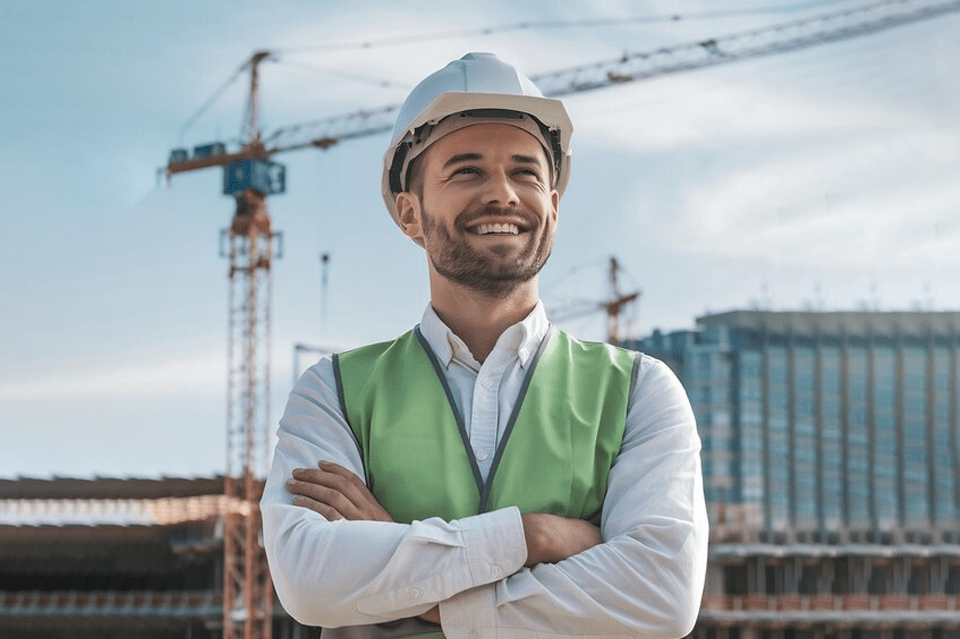
Prolonging Lifespan
Upgrading existing structures extends their useful life, providing long-term value.

Enhancing Safety
Addressing structural deficiencies ensures that buildings remain safe for occupants and users.

Regulatory Compliance
Retrofitting ensures that older structures meet current building codes and safety standards, protecting public investments.

Sustainable Development
Revitalizing existing assets promotes environmental sustainability by minimizing the need for new materials and reducing overall energy consumption.
Investing in retrofitting and rehabilitation is essential for preserving our built environment and ensuring that structures remain resilient and functional for years to come.
FAQs
Have questions? We have answers:
What is a condition assessment?
A condition assessment is a detailed evaluation of an existing structure to identify its current state, detect deficiencies, and recommend necessary repairs or upgrades.
How does retrofit design improve structural performance?
Retrofit design involves creating tailored interventions that address identified weaknesses, enhance load-bearing capacity, and bring the structure up to current safety and performance standards.
Can retrofitting be applied to historic buildings?
Yes, retrofitting can preserve the historic character of buildings while enhancing their safety, functionality, and compliance with modern standards.
For more detailed answers, please visit our FAQ page or contact our team directly.
Contact Us
Ready to upgrade your existing structure with expert retrofitting and rehabilitation solutions? Reach out today to discuss your project, request a quote, or learn more about our comprehensive services.
contact with us
Our Other Services

Ready to Get Started?
Ready to discuss your project? We’re here to help!

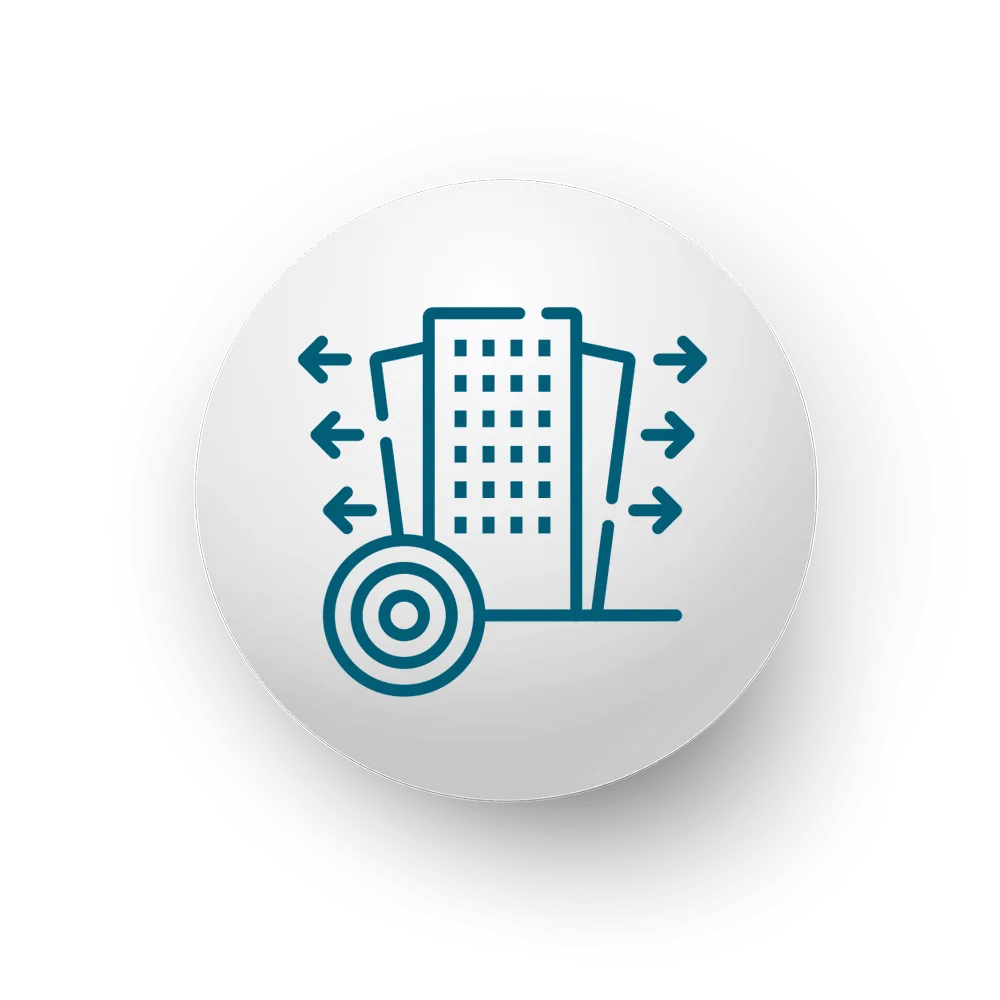
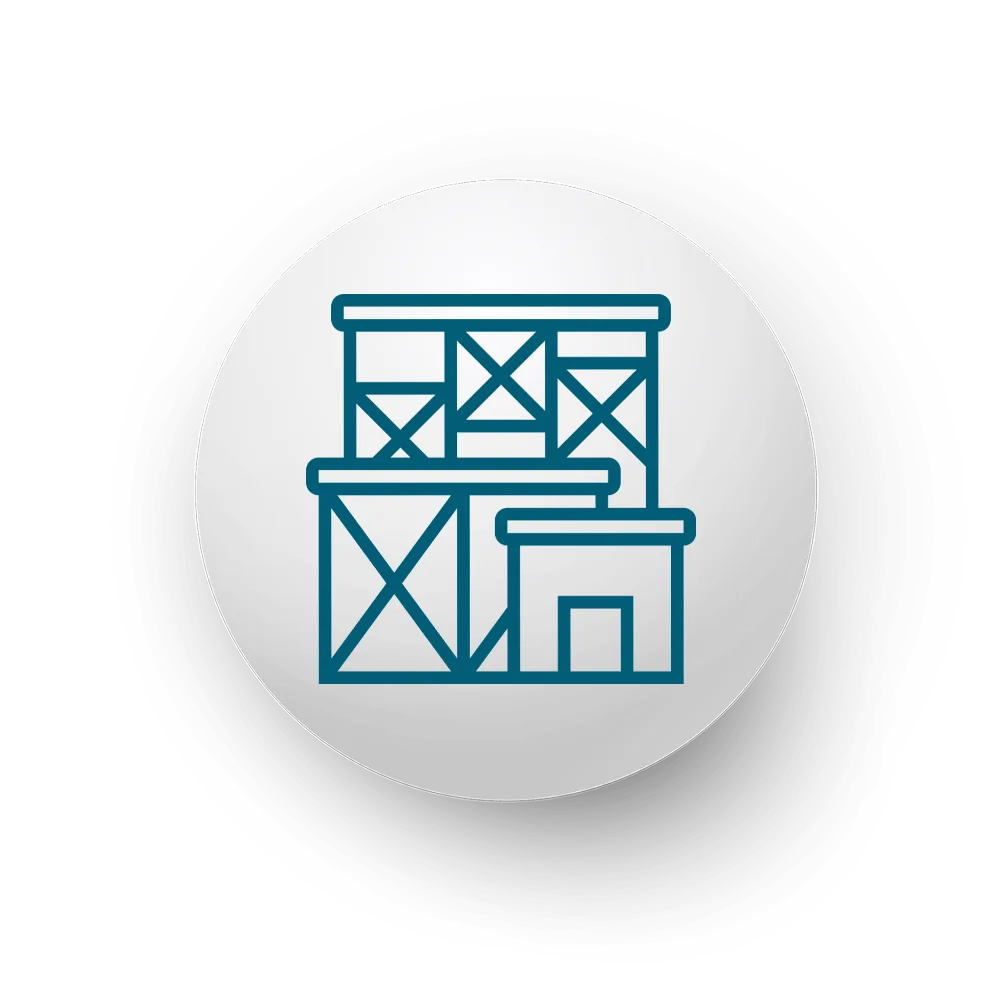



Do clients typically opt for full retrofits, or are phased upgrades more common?
It depends on the project’s scope and budget. While some clients opt for full retrofits to bring structures up to current standards, phased upgrades are more common for larger or ongoing projects. This approach allows for cost-effective improvements over time, minimizing disruption while still addressing critical needs.
How do you handle heritage or historically significant structures in your rehabilitation plans?
When working with heritage or historically significant structures, we prioritize maintaining the building’s original character while ensuring it meets modern safety standards. Our approach involves careful assessment of the structure’s historical value, collaboration with conservation experts, and integrating contemporary techniques that preserve its integrity. Any modifications are made with respect to the original design, using reversible methods whenever possible to maintain the structure’s authenticity.
Is BIM modeling typically used from the initial condition assessment, or later in the design phase?
BIM modeling is typically used both during the initial condition assessment and throughout the design phase. Early integration helps assess site conditions, visualize potential challenges, and align with project goals. It allows for more accurate planning and informed decision-making. However, its full potential is often realized as the design phase progresses, where detailed modeling and coordination among various disciplines can be optimized for efficiency, cost control, and long-term sustainability.
Your attention to non-destructive testing methods really highlights a precision-driven and respectful approach to existing buildings.
Love how you balance technical performance with economic efficiency—it’s a smart long-term strategy.
Impressed by the integration of smart monitoring systems—ongoing structural health tracking is a game changer.
Rehabilitating existing buildings is the ultimate form of sustainability less waste, more value.